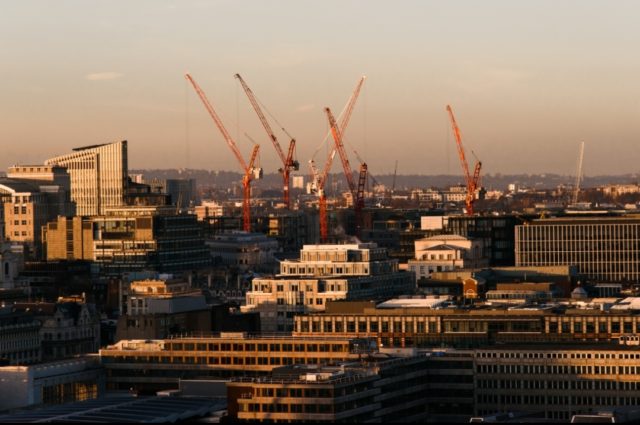Traditionally, real estate, being a fixed asset, has been considered as one of the most stable and predictable economic sectors, with not much drastic movements and developments over the course of many years. However, in recent years, a number of disruptions have led to massive changes in property trends, specifically in industrial real estate. Apart from the boom of Internet technology and digital communication, the worldwide COVID-19 pandemic has been another major factor in transforming the landscape of industrial real estate in the Philippines today.
Presently, there are many types of demand industrial real estate properties in the country. Here are some of them.
Warehouses
With the various lockdowns and stay-at-home measures since the start of the pandemic last year, e-commerce and online shopping have seen an extremely sharp spike in growth. Because of the physical restrictions that have prevented people from going to malls or dining at restaurants, many households have resorted to ordering essential items and food online. This has led to increased demand for warehouses and distribution hubs where e-commerce platforms can centralize their order fulfillment and delivery operations. A major consideration for this type of industrial space is that they need to be positioned in strategic locations to be able to support fast and efficient movement of goods.
In general, there are two types of warehouses. Those for general storage are generally characterized by larger and more secure spaces that have less requirement for access doors and openings, since their primary purpose is to store products for long periods of time. Distribution warehouses, on the other hand, need to be more flexible to accommodate the fast movement of items in and out of the space. Therefore, a distribution center is usually designed with various access points, and they also have provisions for offices to support human operations such as administrative functions.
Cold Storage Facilities
Cold storage is a type of warehouse facility that is specifically built to house perishable items. These include fresh produce such as meats and vegetables, grocery items such as beverages, and general food products that have a short shelf life such as dairy. With countries all over the world aiming to achieve herd immunity from the SARS-CoV-2 virus through immunization, the need for cold storage facilities for delicate COVID-19 vaccines, as well as other pharmaceutical products and medicine, has increased tremendously in recent times.
As its name implies, cold storage requires specialized and high-tech refrigeration equipment to keep the space at a specific low temperature around the clock. This prevents the spoilage or damage of the stored goods. Thus, operating and maintaining such industrial spaces may be more specialized and costly. Location is also an important consideration in building cold storage facilities since perishable goods need to be transported to destinations and end-users in a timely and efficient manner.
Data Centers
This is an emerging type of industrial real estate that caters to the information technology or IT industry. Data centers are spaces that mostly house computer hardware and data infrastructure that are vital to e-commerce and other online operations. They may also contain office spaces with IT support functions. Thus, along with the rise in online shopping and the spike in demand for data has come a greater need for industrial spaces that can house data centers to ensure the undisrupted operations of websites and business-critical IT operations.
Data centers have certain physical requirements as well, such as a temperature-controlled environment that is conducive to keeping computer hardware from overheating. Physical security and access are also important to protect data from damage, unauthorized access, and other risks. These demands are important to consider when developing industrial real estate such as data centers.
Manufacturing Facilities
Manufacturing has long comprised a large portion of industrial real estate in the country. Industrial parks in the Philippines have traditionally been home to companies that manufacture everything from automobiles and home appliances to consumer technological products such as mobile phones and computers. These industrial spaces are vast in size, ranging in the thousands of square meters and able to accommodate hundreds of workers and employees under a single roof. As such, they are usually found outside or near city centers and business districts.
While manufacturing activity experienced a slowdown in the wake of the COVID-19 pandemic, the sector is largely seen to rebound especially as consumer spending slowly recovers. Thus, real estate experts anticipate that industrial spaces such as manufacturing facilities will similarly experience a resurgence, especially in the post-pandemic world, when factory workers are able to resume work and companies can continue to fulfill orders.
Compared to other segments of property development, industrial real estate requires more intensive investment to develop and maintain. Thus, real estate developers looking into this line of business need to be prepared to study the market well and invest properly. While the cost of industrial spaces may be initially high, the returns are substantial and steady in the long run, especially considering how popular and in-demand certain types of industrial properties are.





